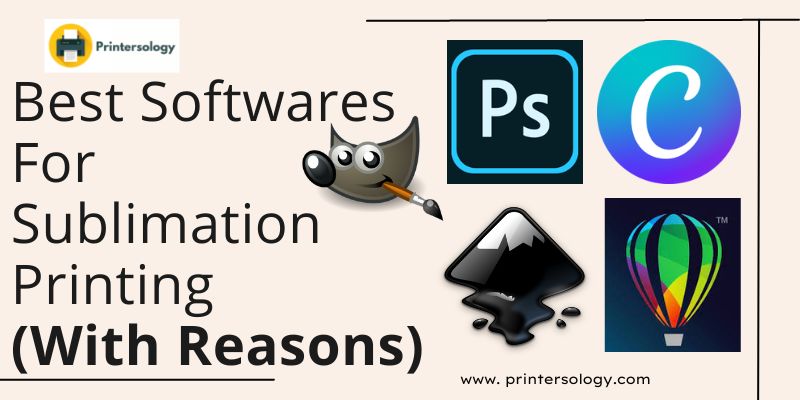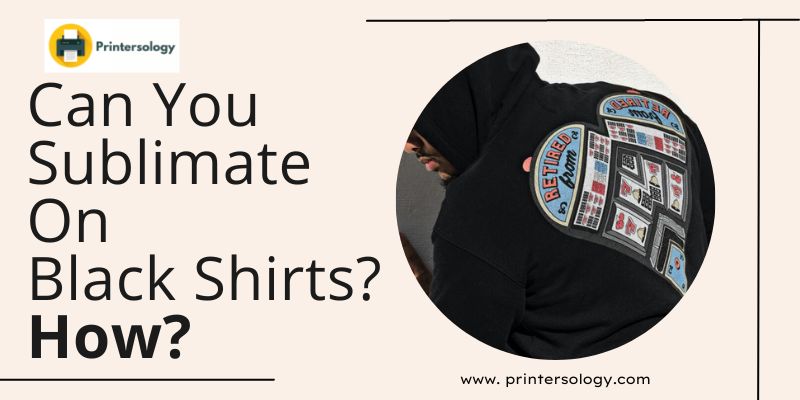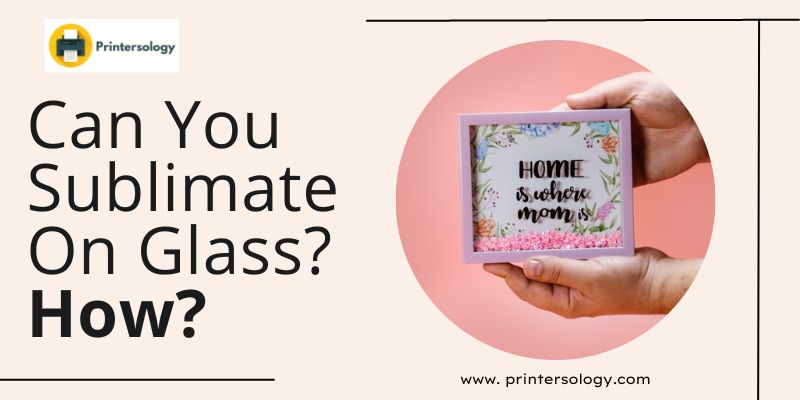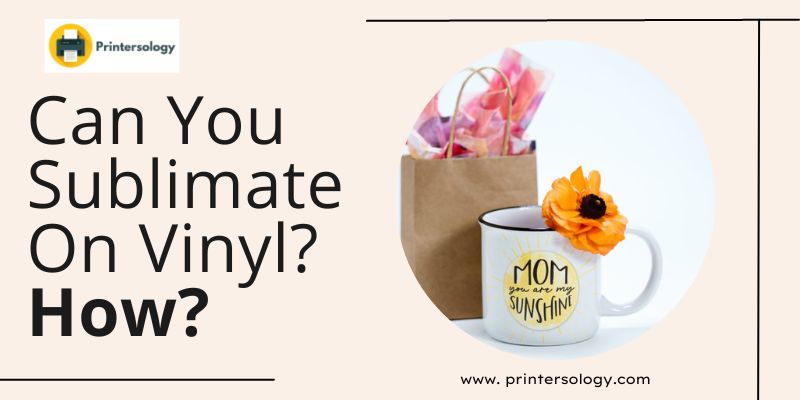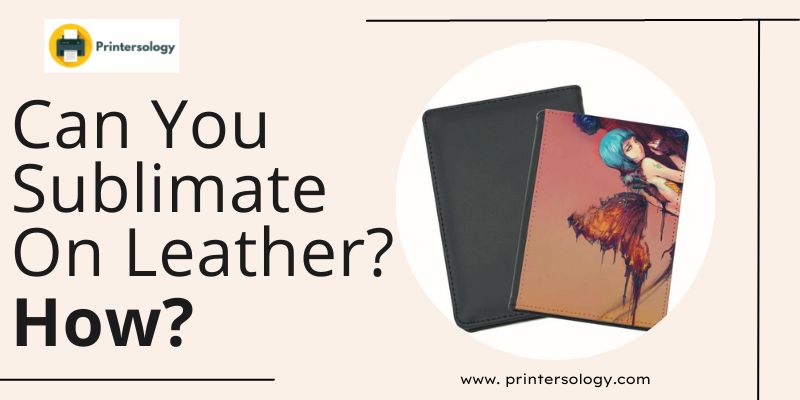Can You Do Sublimation On Aluminum Blanks & Sheets? How?
In this article, I will walk you through the process of sublimating one of the most popular metallic materials- aluminum.
To begin with, yes, it is possible to do sublimation on aluminum. However, like most other substrates, it must be coated with polyester before it can be used for sublimation printing. Instead of going through the tedious process of coating the aluminum yourself, you can also purchase pre-treated, pre-coated aluminum substrates.
Before I jump into the process of sublimating aluminum, Let me explain some common aluminum substrates and their properties, as well as the benefits of using aluminum for sublimation printing so you understand the topic better.
Common Aluminum Substrates You Can Use
Given below is a list of some commonly used and readily available aluminum substrates that you can use for sublimation printing.
1. Sublimation Sheets/ Blanks
Aluminum Sublimation Sheets or Blanks are lightweight and corrosion-resistant. They come in many different sizes as well as both a matte and a glossy finish. While they were mostly used in industrial projects, they are now widely used for sublimation printing also at home and for small businesses.
2. Photo Panels
These are ideal for printing artwork, photographs and signage. They come in a matte, glossy and semi-glossy finish to give the user more flexibility in terms of the textural result and produce HD-quality images.
3. Sublimation License Plate
License plates are not only used for vehicles, they also make for great décor items, nameplates and gifts. Sublimation license plates are typically composed of aluminum, zinc and carbon. They are mostly available in white & silver glossy finish.
4. Name Tags and Badges
Name tags are available in many different shapes & sizes and come in a white and silver, matte and glossy finish. They are used as pet tags, luggage tags and even in necklaces. On the other hand, badges are often rectangular or circular in shape. They come in 3 different colors; white, silver and gold.
5. Trophy Discs
Trophy discs that are often mounted on a wooden holder to make a trophy are essentially round-shaped aluminum sublimation blanks. They are available in a wide range of colors including white, silver, gold and bronze.
6. Aluminum Business Cards
These come in the form of anodized aluminum sheets and have a gloss-white finish. Sublimating aluminum business cards results in high-quality designs that have a luxurious and expensive-looking finish.
Benefits:
Here are a few reasons why you should consider aluminum for your next DIY-printing project:
- It is a strong and durable material that would deliver long-lasting prints.
- It is scratch-resistant and can hold up against high temperatures, making it fire-retardant.
- It is available in numerous different sizes making it a great choice for large-format printing
- It is light-weight
- Pre-treated aluminum does not require any protective glazing
Step-by-Step Guide:
At this point, you would be fully aware of the benefits of sublimating aluminum, as well as the different aluminum substrates that you can pick from. It’s time to walk you through the entire, step-by-step process of doing sublimation printing on aluminum. For the sake of convenience, I will be taking aluminum blanks into consideration, as odd-shaped substrates require special frames for heat pressing.
Moreover, as mentioned earlier, aluminum must be coated with polyester to prepare it for sublimation printing. To simplify the process, it is better to purchase pre-treated aluminum blanks. Moreover, the polyester is professionally infused into the metal which means that the chances of the coating wearing away are much less.
Step 1: Printing The Design
To begin with, the desired design is printed on sublimation paper using a sublimation printer and sublimation inks. Make sure that the print is slightly bigger than the substrate (around 1/8 inch on all sides) to avoid loss of printing during heat pressing. Also, use the correct ICC profile to get an accurate, high-definition print.
Step 2: Pre-heating The Heat Press
Set the temperature of the heat press to 400 degrees Fahrenheit and pre-heat it for one minute. Set the pressure between medium to high to ensure accurate transfer of the print from the sublimation paper to the substrate.
Step 3: Preparing The Substrate
While the heat press is pre-heating, you can use this time to prepare your substrate. Use a damp paper cloth to clean the aluminum sheet, especially the print side. The presence of any contaminants can interrupt the sublimation process and create inaccurate prints.
Step 4: Heat Pressing
Place a Teflon paper or silicon sheet on the bottom platen to protect the heat press against ink bleeds. Put the transfer sheet onto the Teflon paper/silicon paper, with the print facing upwards followed by the aluminum blank with its face down onto the transfer paper.
Make sure that these two are properly aligned and secured with thermal tape to prevent shifting during pressing. Finish this arrangement with another Teflon sheet/ silicon paper on top and then close the lid of the heat-press. Set the temperature to 400 degrees Fahrenheit for 90-120 seconds.
Step 5: Removal & Cooling
Once the transfer process is over, you can use heat-resistant gloves to open the heat press and carefully separate the aluminum sheet from the sublimation paper. Keep the substrate facing down to allow it to cool without deforming its design. Once cooled, your printed aluminum substrate is all good to go!
How To Store a Finished, Sublimated Aluminum Product?
Once an aluminum substrate is sublimated, its storage is absolutely crucial. Special care is needed to ensure that the print is not damaged or exposed to harmful materials. Here are a few tips and tricks on storing sublimated aluminum before using it:
- Make sure that the finished substrates are not directly in contact with one another and not stacked face-to-face. This is because the ink can be transferred between the substrates, wrecking the individual designs.
- The sublimated product should also not be directly stored with a synthetic material or any material that can be sublimated.
- Do not wrap the sublimated aluminum in plastic films like shrink wraps. Use paper sheets instead.
Frequently Asked Questions
1. How long does a sublimation print last on aluminum?
A sublimation print on aluminum can last almost as long as the metal substrate itself.
2. Can you remove sublimation ink from aluminum?
Yes, sublimation ink can be removed from metallic materials like aluminum. To do so, dip the substrate in white vinegar, apple cider vinegar or a household cleaner like bleach and then scrub off the print using dishwashing soap.
Conclusion
Whether you are making name tags for your new pet or creating a new art piece for the living room, it is absolutely mandatory to use treated aluminum substrates before sublimation printing and follow each step of the process carefully and consistently. I hope that this step-by-step guide will help you pick the right substrates and equipment, getting you the most epic results for the next printing project.

